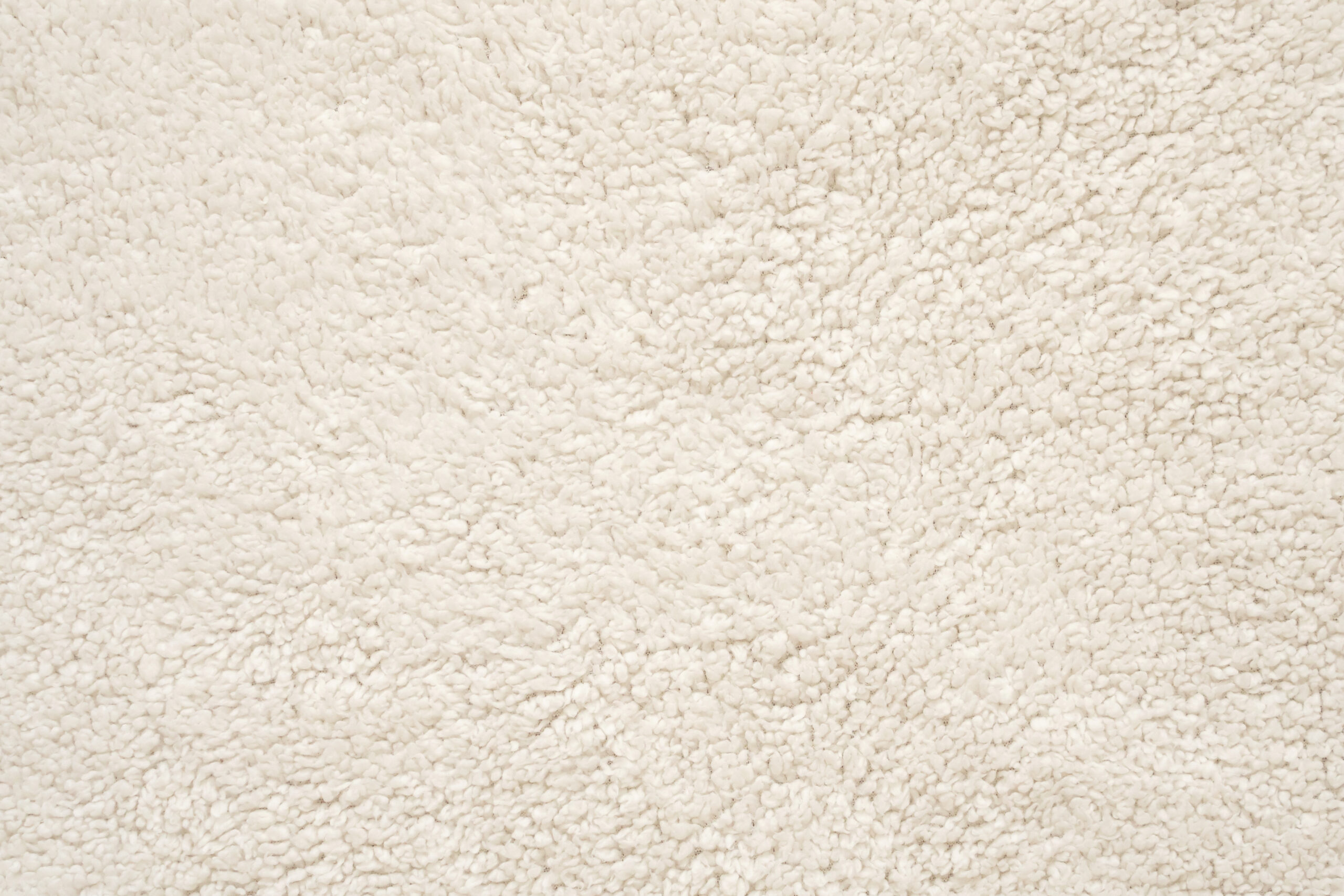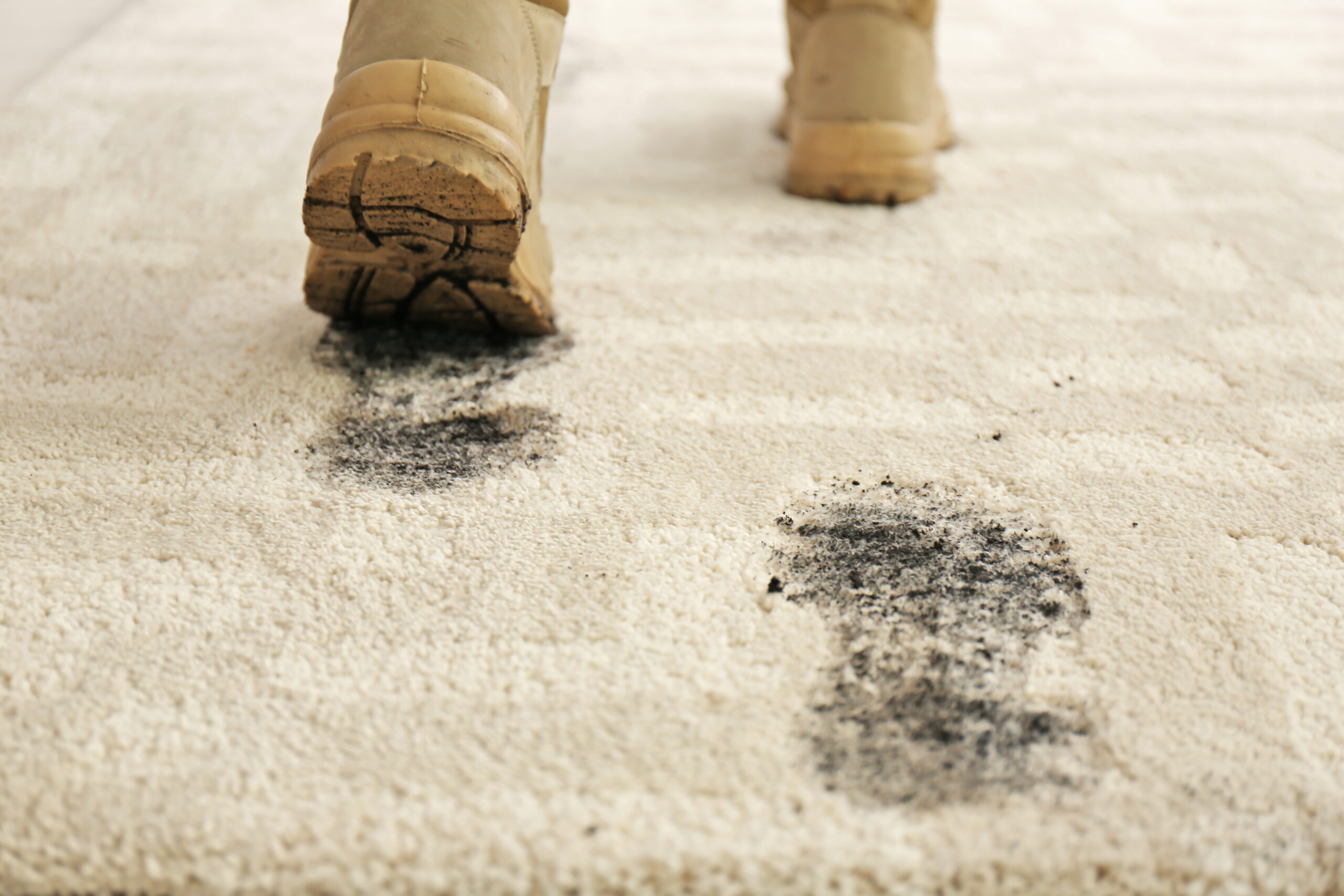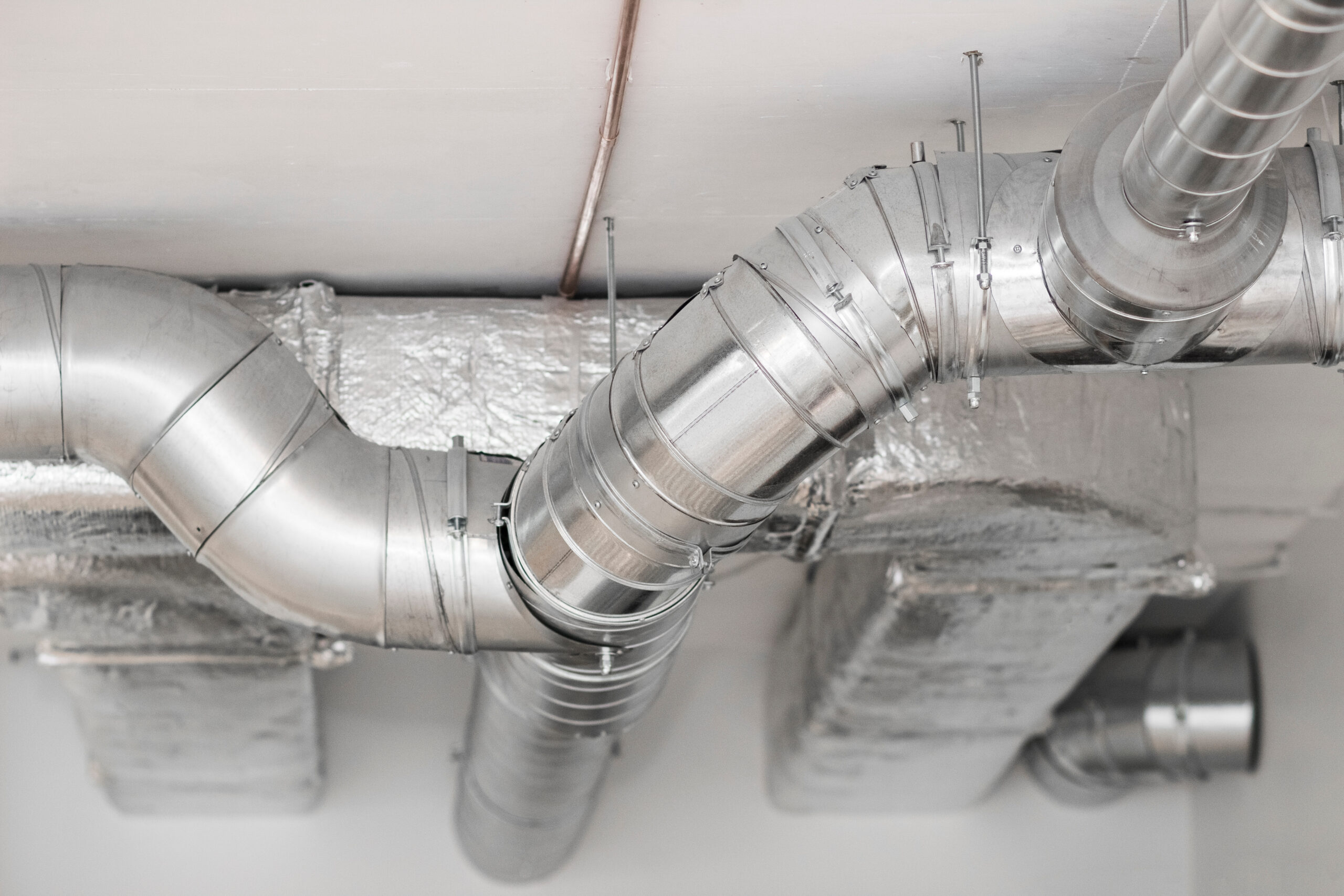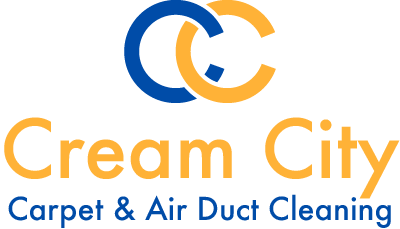
Why wool rug cleaning needs a different approach
If you love the warmth and character of a wool rug, you know it deserves thoughtful care. Wool is strong and resilient, yet it can shrink or bleed if it is cleaned the wrong way. This guide explains how professionals protect delicate natural fibers and keep colors vibrant during wool rug cleaning. If you are in Milwaukee or nearby, Cream City Carpet Cleaning offers safe, gentle service designed specifically for wool rugs, so you get beautiful results without risk.
Many people are nervous to clean wool because of horror stories about color loss or a rug shrinking to a smaller size. Those issues happen when the process uses too much heat, high pH, rough agitation, or uncontrolled moisture. Professionals avoid these problems by testing dyes, controlling chemistry, and drying rugs quickly and evenly. With the right steps, wool rug cleaning restores softness, flushes soil, and preserves the life of your investment.
What causes shrinking and dye bleed in wool rugs
Wool fibers have tiny scales on the surface. When exposed to heat, high alkalinity, or aggressive scrubbing, the scales can interlock. This is called felting, and it can cause a rug to tighten and shrink. Wool also absorbs moisture, so if a rug dries unevenly it can warp or cup around the edges. Careful moisture control is key during wool rug cleaning.
Dye bleed happens when color molecules loosen and migrate into the surrounding fibers or fringe. Some dyes are less stable than others. Older rugs may use natural dyes. Newer pieces might use chrome or acid dyes. Any dye can move if the pH is too high, if the water is too hot, or if the cleaning solution sits too long. Professionals use dye-stability tests and low-pH rinse solutions to keep colors where they belong.
How professionals prevent shrink and bleed
Fiber identification and dye testing
Before any wool rug cleaning begins, a pro identifies the fibers and tests each major color for stability. A small towel, white distilled water, and a mild acidic solution help reveal if dye transfers. If the test shows potential movement, the technician applies a dye stabilizer, lowers the rinse pH, reduces dwell time, and plans for rapid drying. This simple step reduces risk dramatically.
Dry soil removal first
Up to 80 percent of soil in rugs is dry grit. If it is not removed before washing, the grit scrubs against fibers and can cause wear. Professionals use gentle vacuuming with a soft brush head and, when appropriate, dusting equipment that vibrates dry soil from the foundation. This prepares the rug for a safer wet clean, since less friction is needed to loosen remaining soils.
pH-controlled solutions tailored for wool
Wool is happiest near a slightly acidic pH. Professional wool rug cleaning uses detergents and rinse agents made for wool, often between pH 4.5 and 6.0. These solutions clean effectively without opening the fiber scales. A final acidic rinse helps return the fiber to its natural state and locks in dyes. Cream City Carpet Cleaning trains techs to choose the right chemistry for your rug and soil level.
Temperature and moisture control
Heat can speed cleaning, but it can also trigger felting and dye migration. Professionals use warm, not hot, solutions and monitor temperature throughout the process. Moisture is controlled with measured application and strong extraction. The rug should be cleaned evenly and dried quickly to prevent warping. When needed, pros lift the rug onto a drying rack and use high-velocity air movers to speed evaporation.
Low-agitation methods and careful grooming
Agitation helps loosen soil, but wool does not need heavy scrubbing. Soft brushes, gentle hand tools, and light mechanical agitation protect the pile. Technicians work with the nap direction to keep the texture smooth. After cleaning, a pro grooms the pile so it dries in a uniform position. This step reduces shading and helps the rug look its best.
Protecting fringes and foundations
Fringes can bleach, tangle, or wick stains if they are not managed. A professional will treat fringe separately with low-pH solutions and controlled water use. They rinse carefully and dry the fringe fast so it stays straight and clean. They also protect the rug’s foundation by avoiding saturating areas prone to wicking or dye transfer.
Dye stabilizers and color blockers
If testing suggests a risk of dye movement, a color stabilizer is applied before the wash. This product helps set dyes during the cleaning process. A mild acidic rinse follows, further reducing the chance of bleeding. In many cases, this combination allows safe, thorough cleaning even for sensitive reds, blues, and blacks.
Rapid, even drying
Even with careful washing, drying is where many problems start. Professionals create steady airflow across the surface and underneath the rug. They use dehumidifiers to pull moisture from the room so the rug dries quickly and evenly. Moisture mapping with a meter confirms the rug is dry to the core, not just on the face. This protects against browning, odors, and shrinkage.
Blocking and finishing
If a rug tightened slightly or the edges curled, a pro can block it while damp. Blocking means gently stretching and squaring the rug to its original dimensions, then allowing it to dry in place. The final groom restores the nap and brings out a healthy, soft feel. Cream City Carpet Cleaning finishes with an inspection to ensure the rug looks and feels great before it comes back to you.
The Cream City Carpet Cleaning wool rug process
Inspection and documentation
Our technicians at Cream City Carpet Cleaning start with a detailed inspection. We identify fibers, check dye stability, map any pre-existing wear, and look for pet contamination or prior clean-up attempts. We photograph the rug, measure it, and discuss your goals. If anything poses a risk, we explain options so you can choose a safe path forward.
Dry soil removal and dusting
We vacuum both sides with delicate tools, then dust the rug if the construction allows. Removing grit first protects the fibers and reduces the need for aggressive agitation later.
Specialized pre-treatment
Soils vary, so we target the problem. Protein-based stains get enzyme boosters at a safe pH. Oily spots get a wool-safe solvent gel. Traffic areas get a mild pre-spray that lifts soil without opening the fiber scales. Each product is chosen to be gentle yet effective.
Safe wash method matched to your rug
Based on your rug’s construction, condition, and dye stability, we choose one of several methods. For many area rugs, we recommend a controlled wash with a wool-safe detergent and cool to warm water. For unstable dyes or glued backings, we may use a low-moisture encapsulation that cleans the face fibers while limiting saturation. For odors such as pet urine, we can perform a deeper flush and odor neutralization step to remove contamination from the foundation. Our goal is always the same: a thorough clean with no shrink or bleed.
Rinse, extract, and neutralize
We rinse with a low-pH solution that leaves the rug soft and dye-safe. Strong extraction removes moisture without pulling or distorting the foundation. This is where professional equipment and technique make a big difference. Cream City Carpet Cleaning uses advanced tools and truck-mounted power for reliable results.
Drying, grooming, and inspection
We dry the rug with focused airflow and dehumidification, then groom the pile in the nap direction. If the rug needs blocking, we square it during drying. The final inspection checks color, odor, softness, and overall appearance before we return it to your home or place it back in your space.
Stain and odor challenges in wool and how pros solve them
Pet urine and strong odors
Pet accidents are tough on wool because urine crystals bond to the fibers and can cause dye loss or browning. A surface treatment rarely solves the problem. Professionals flush the affected area, apply a targeted urine treatment that breaks down the crystals, and rinse thoroughly at a safe pH. If the rug is heavily contaminated, a deeper decontamination wash may be recommended. Cream City Carpet Cleaning explains the options and cost before any work begins.
Wine, coffee, and tea
Tannins from beverages can bond to wool. The sooner you blot, the better. At the shop, pros use tannin removers designed for wool, then rinse and neutralize to prevent browning. Because some beverage dyes are bright, we also test nearby colors to ensure there is no bleed during treatment.
Oil, grease, and makeup
Oily soils attract dust and can darken the pile. Wool-safe solvent gels loosen the oil without soaking the backing. After gentle agitation and dwell time, the area is rinsed and groomed. This precise approach protects texture and luster.
Mildew and moisture issues
Wool resists bacteria, but it can develop mildew if kept damp. Pros dry the rug fast, treat the affected area with a wool-approved antimicrobial, and manage humidity in the drying space. We verify dryness with a moisture meter to prevent the issue from returning.
DIY care between professional cleanings
Regular care stretches the time between deep cleans and protects your investment. Follow these simple steps at home to keep your rug looking great.
- Vacuum weekly with a canister vacuum and a soft brush or straight suction on delicate rugs. Avoid aggressive beater bars on fine wool.
- Rotate the rug every 6 to 12 months to even out wear and sun exposure.
- Use a quality rug pad to reduce slippage, absorb impact, and protect the foundation.
- Blot spills quickly. Use a clean white towel, press to absorb, and avoid scrubbing. Add a small amount of cool water to loosen the spill, then blot again.
- Keep sunlight in check with shades or UV film to reduce fading.
- For entry rugs, shake them outdoors to release grit that vacuums can miss.
A few important don’ts keep your rug safe between professional wool rug cleaning visits.
- Do not use hot water on wool. Warm or cool only.
- Do not use high-pH cleaners, bleach, or oxygen boosters that are not labeled safe for wool.
- Do not steam clean wool with uncontrolled heat.
- Do not soak fringes. Treat them lightly and dry quickly.
- Do not place a damp rug back on hardwood floors. Always make sure the rug is completely dry.
How often to schedule wool rug cleaning
Most homes benefit from professional wool rug cleaning every 12 to 24 months. In high-traffic areas, homes with pets, or commercial spaces, cleaning every 6 to 12 months is better. Use these signs to judge timing:
- The rug looks dull even after vacuuming.
- Traffic lanes feel stiff or matted.
- There is a lingering odor after spills or pet accidents.
- Colors look muddy or uneven.
- Fine dust falls out when you gently lift and tap the rug edge.
Common myths about wool rug cleaning
- Myth: Wool cannot be wet cleaned. Fact: Wool can be wet cleaned safely with controlled temperature, pH, and quick drying.
- Myth: Vinegar fixes everything. Fact: Vinegar is acidic but cannot remove many soils and may cause dye issues if used incorrectly.
- Myth: Vacuuming damages wool. Fact: Gentle vacuuming removes grit that wears fibers. Use the right tools and settings.
- Myth: All stains in wool are permanent. Fact: Many stains lift with the proper chemistry and technique. Dye loss is different from a stain and needs expert evaluation.
- Myth: Fringes should be bleached. Fact: Bleach weakens fibers and causes long-term damage. Use wool-safe fringe cleaners.
Why choose Cream City Carpet Cleaning in Milwaukee
Cream City Carpet Cleaning is locally owned and operated, serving Milwaukee and surrounding areas. We specialize in residential and commercial cleaning, including wool rug cleaning, carpet cleaning, upholstery, tile and grout, and pet odor removal. Our team uses advanced equipment and eco-friendly products to deliver deep, safe results. We are known for prompt, professional service, clear communication, and fair pricing without surprises.
- Local expertise and trusted reputation in Milwaukee neighborhoods
- Wool-safe products and precise pH control to prevent shrink and bleed
- Thorough dry soil removal and careful hand work where needed
- Truck-mounted power and pro-grade tools for strong yet gentle cleaning
- Fast, even drying to protect the rug’s shape and colors
- Transparent quotes, no upselling, and satisfaction-focused service
- Options for in-home service or pickup and delivery based on your rug’s needs
If you have questions about the right method for your rug, our technicians are happy to assess and recommend a safe plan. We treat every rug as unique and tailor the process to your goals, from routine maintenance to complex stain and odor challenges.
Frequently asked questions
Will my wool rug shrink during cleaning?
Not when it is cleaned properly. Shrinkage occurs with high heat, high pH, or rough handling. We control temperature and chemistry, avoid heavy agitation, and dry quickly and evenly. If a rug needs blocking to maintain shape, we handle that during finishing.
Can you stop my rug from bleeding?
We test dyes before cleaning and apply color stabilizers when needed. Most rugs clean without any color movement. If a color is unstable due to prior damage or manufacturing issues, we adjust our method to reduce risk and protect the surrounding areas. We will always discuss findings with you first.
How long does drying take?
With controlled moisture and professional airflow, many rugs are dry within 6 to 24 hours. Thicker rugs may take longer. We verify dryness with a meter to ensure it is ready for use and safe for your floors.
Do you clean rugs on site or off site?
We offer both. For many wool rugs, on-site low-moisture cleaning works well. Heavily soiled or urine-affected rugs often benefit from an off-site wash and controlled drying. Cream City Carpet Cleaning will recommend the best option after inspection.
Is wool rug cleaning safe for kids and pets?
Yes. We use eco-friendly products appropriate for wool and rinse thoroughly. Once the rug is dry, it is safe for family use. We also offer protective treatments upon request to help resist future spills.
How much does it cost?
Pricing depends on size, construction, soil level, and any specialized treatments needed. We provide clear, upfront quotes and do not add hidden fees. Our focus is quality and value that you can trust.
Simple blotting steps for a fresh spill
- Blot immediately with a clean white towel. Press firmly to absorb, then rotate to a dry section and repeat.
- Add a small amount of cool water to the area and blot again. Do not scrub.
- If the spill is oily, place a dry towel on top and weigh it down for 10 minutes to absorb more residue.
- Groom the pile in the nap direction with your hand and allow to air dry quickly. Use a fan if available.
- Call Cream City Carpet Cleaning for advice if color shows on your towel or if odor remains.
Protect your investment with expert wool rug cleaning
Wool rugs bring comfort, color, and style to any room. With the right cleaning plan, they can last for decades. Professional wool rug cleaning preserves the fiber’s natural resilience, keeps colors bright, and removes the fine grit that wears down the pile. The key is testing, pH control, precise rinsing, and fast drying, all tailored to the unique construction of your rug.
When you choose Cream City Carpet Cleaning, you get a friendly, knowledgeable team that treats your rug with care. We are proud to serve Milwaukee and nearby communities with reliable service, honest pricing, and results you can see and feel. Ready to refresh your rug without the risk of shrink or bleed? Reach out today to schedule your inspection and get a custom plan for safe, gentle cleaning.
Contact Cream City Carpet Cleaning to book your wool rug cleaning. Ask about pickup and delivery, protectant options, and maintenance scheduling to keep your rug looking beautiful all year long. We look forward to helping you enjoy the best version of your rug, from soft feel underfoot to rich, vibrant color.




